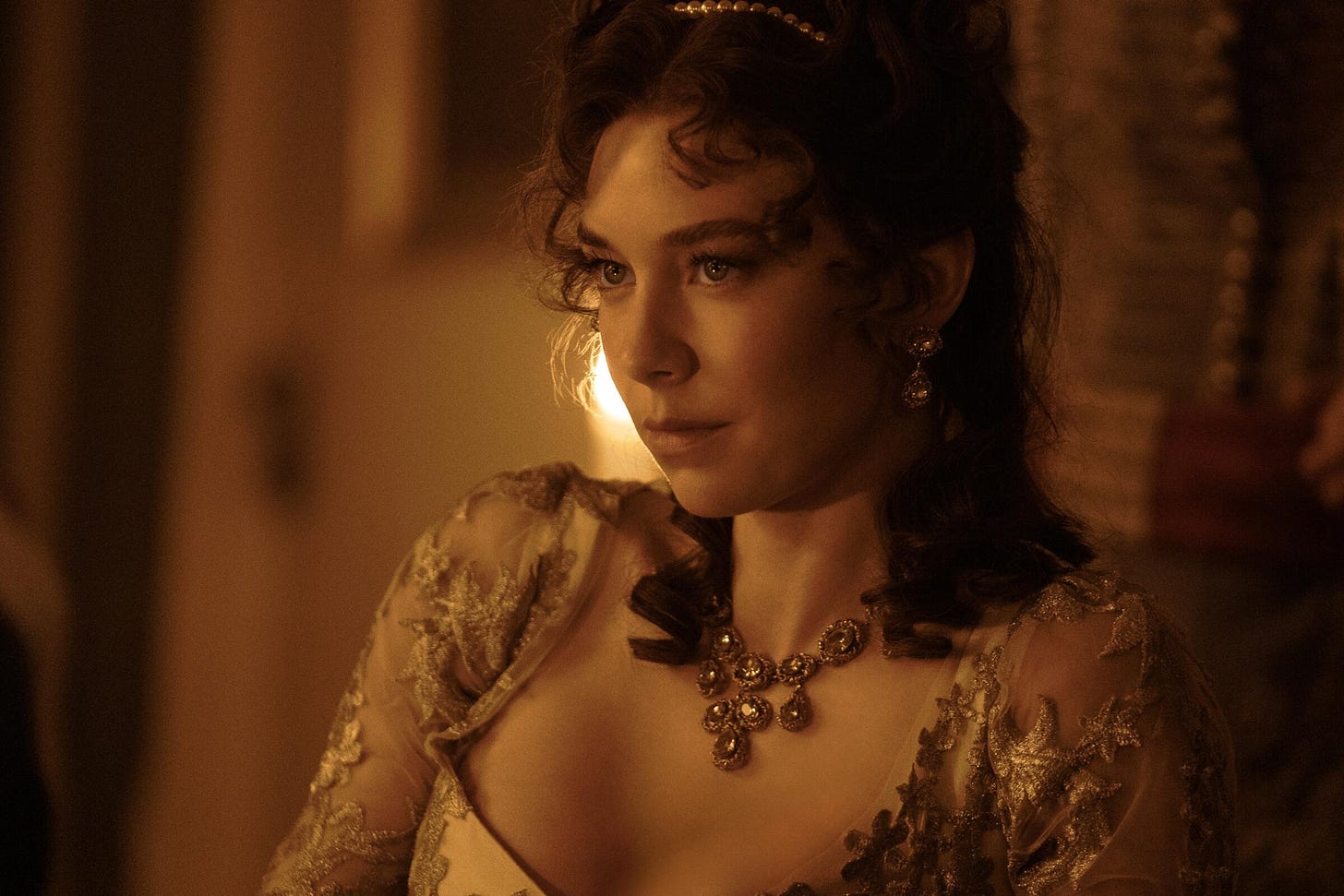Eight Thoughts on Ridley Scott’s ‘Napoleon: The Director’s Cut'
Even as 'Napoleon' was being released in theaters, the director promised a longer, better version would follow. That cut arrived with little fanfare last week.
When Ridley Scott’s Napoleon arrived in theaters last November, it felt a bit like a placeholder for the real version to come. While promoting the film’s release, Scott spoke of a still-in-progress director’s cut that would stretch the two-and-a-half-hour film past the four-hour mark. The theatrical version didn’t exactly play like an unfinished movie, but it did feel oddly thin. Even at its not-so-short length, it felt hurried, as if Scott felt obligated to include all the expensive battle scenes then tried to squeeze the rest of the movie into the space remaining.
With little fanfare, Apple TV+ released Napoleon: The Director’s Cut on Friday. Running a mere three-and-a-half hours, it’s not quite the marathon Scott promised in interviews (and which, who knows, might surface someday). But it’s still a lot more Napoleon than we had before. The question, of course, is if it’s a better movie. I hit play in an attempt to find out and to sort out my feelings about the movie, its director and stars, director’s cuts, and other matters.
1. Was Napoleon a broken movie that needed to be fixed?
I didn’t think so when I saw and liked it last year, but it didn’t feel like a fully realized film, either. Scott (Tobias, not Ridley) described it as “zip[ping] along from one expensive-seeming battle set piece after another with only the thinnest of connective tissue,” which might be a bit harsh but it’s not exactly wrong, either. Still, those battle scenes are remarkable, among the best-realized and grimmest depictions of warfare I’ve ever seen. (An early scene of a horse torn open by a cannonball sets the tone while providing a probably accidental nod to the chest-bursting scene in Alien.)
Yet some of Napoleon’s bolder elements played as only half-developed, particularly the relationship between Napoleon (Joaquin Phoenix) and Josephine (Vanessa Kirby) and its wider political and historical implications. Napoleon’s departure from Egypt and return to Paris in August 1799, for instance, is depicted as a key moment in his ascension to power, but it’s also the act of a jealous husband drawn back by rumors of his wife’s indiscretions. Upon their reunion, Napoleon humiliates Josephine and demands she tell him he’s “the most important thing in the world” and that “without me you’re nothing.” Then, in a post-coital moment, she demands he say the same of her. Napoleon offers a vision of world events as being shaped not only by military might, economic forces, political ambition, inhospitable weather, and embarrassing medical conditions (more on that below), but also by one couple’s erotic games of domination and submission. Or at least it offers glimpses of that vision in its shorter version. There was room for improvement, in other words.
2. No director has had as intense a relationship with director’s cuts as Ridley Scott.
Which makes sense: Scott’s Blade Runner director’s cut, released ten years after the film landed with a thud in theaters, is one of the few truly revelatory director’s cuts, thanks to a few key additions and the crucial subtraction of Harrison Ford’s sleepy, contemptuous voiceover. It became a habit for Scott. Currently, eleven of his 28 (soon to be 29) feature films have alternate cuts of one form or another.
For Scott, the optional director’s cut began as a chance to correct the errors that helped obscure a masterpiece. Since then, it seems to have become a kind of safety net, assuring a second chance to correct bad decisions or, just as often, studio interference. Sure, sure: this version has flaws. But wait until you see my version.
It suggests a philosophical difference between the way different directors look at their work. Martin Scorsese sees the theatrically released version of the film as the version of the film (which usually works out fine, but there’s almost certainly an even better version of Gangs of New York somewhere in the Miramax vault). For Scott, every work remains a work in progress. It’s not that one is right and the other wrong, but Napoleon has underscored some of the frustrations of this approach. Is releasing the best possible version of your movie the first time around that crazy of an idea? (I guess if the best version is this long, maybe not. But it can’t feel great putting a lesser version of the film you envisioned in theaters.)
3. The expansion of Josephine’s story makes a big difference.
Keep reading with a 7-day free trial
Subscribe to The Reveal to keep reading this post and get 7 days of free access to the full post archives.





